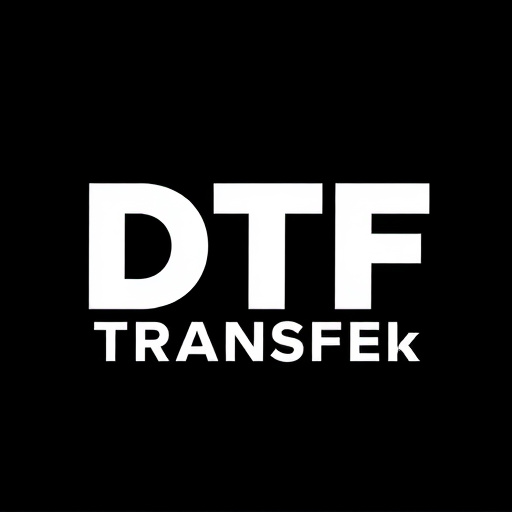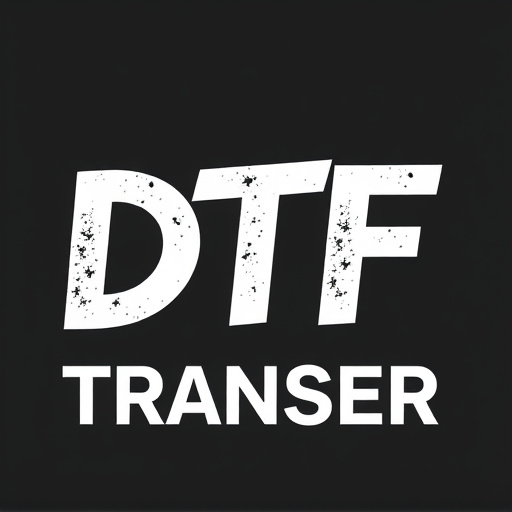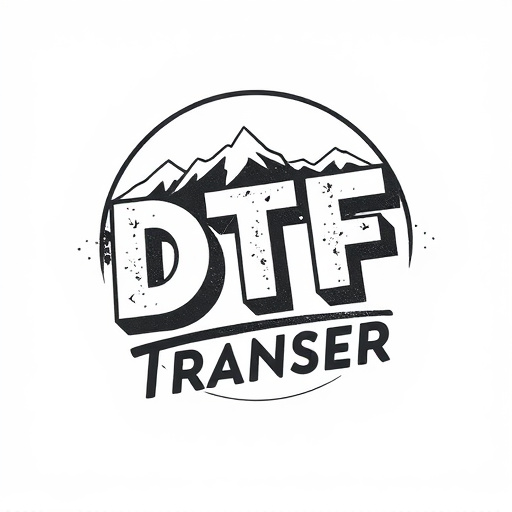Direct-to-Film (DTF) transfer technology is revolutionizing printing across industries with its high-quality, versatile, and cost-effective solutions. Ideal for businesses seeking impactful signage, decorations, or promotional items, DTF prints offer sharp details, vibrant colors on various materials like polyester, vinyl, and polycarbonate. The American print industry embraces DTF for garment decoration, enabling intricate, vibrant prints via heat press application. This innovative process caters to custom apparel demands, enhances small-batch production, and empowers entrepreneurs with easy access to high-quality printing without significant investment. With continuous advancements in materials, inks, and sustainable practices, DTF transfer is poised to revolutionize global product customization and printing trends.
“Discover the innovative world of DTF Transfer (Direct-to-Film) technology with an in-depth look at American-made products and services. This cutting-edge process is revolutionizing printing, offering unparalleled versatility and quality for various applications. From its origins to the latest trends, this article explores DTF Printing‘s benefits, key considerations for DTF Prints, and how it’s shaping the future of visual communication. Dive into the comprehensive guide that uncovers the secrets behind this game-changing technology.”
- Understanding Direct-to-Film (DTF) Transfer: A Comprehensive Overview
- The Rise of American-Made DTF Transfer Products
- Benefits and Applications of DTF Printing Technology
- Exploring DTF Transfer Services: What to Expect
- Quality Assurance in DTF Prints: Key Considerations
- The Future of DTF Transfer: Innovations and Trends
Understanding Direct-to-Film (DTF) Transfer: A Comprehensive Overview
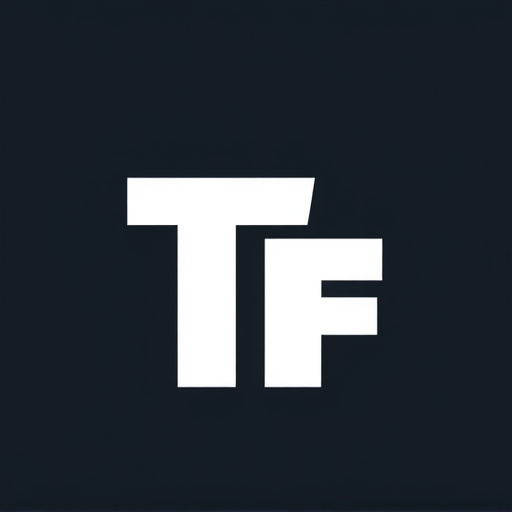
Direct-to-Film (DTF) transfer is a cutting-edge printing process that has revolutionized the way we reproduce images and graphics on various surfaces, especially in the film industry. This technology enables the direct application of designs onto films, offering unparalleled precision and quality. DTF involves a complex interplay of specialized inks, coatings, and curative light sources to create durable, vibrant prints suitable for outdoor use or high-resolution applications.
The process starts with a digital design that is expertly mapped onto the desired film media. High-powered LED or UV lights cure the ink as it’s applied, ensuring fast processing times and minimizing environmental impact. DTF Transfer products excel in their ability to produce sharp details, vivid colors, and seamless images across a range of materials like polyester, vinyl, and polycarbonate. This makes them a preferred choice for businesses seeking high-quality, long-lasting signage, decorations, or promotional items, with applications stretching from event branding to architectural projections.
The Rise of American-Made DTF Transfer Products
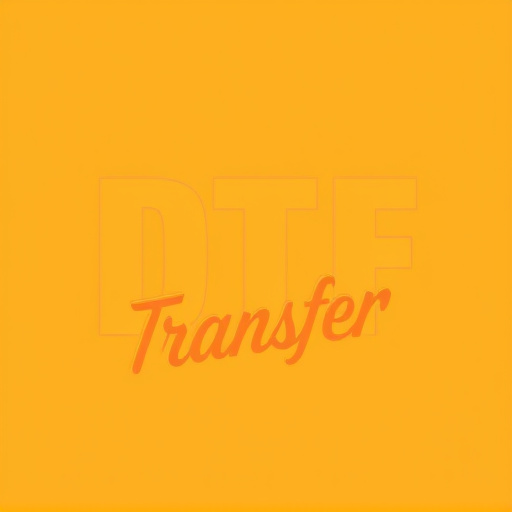
The American print industry has witnessed a significant shift towards direct-to-film (DTF) transfer technology, revolutionizing the way garments and fabrics are decorated. This rise in popularity is driven by the demand for high-quality, cost-effective printing solutions, especially within the custom apparel sector. DTF transfer products offer an innovative approach to clothing customization, enabling businesses and designers to create intricate, vibrant prints with ease. The process involves applying a thin layer of ink directly onto fabric using a heat press, resulting in exceptional detail and durability for DTF prints.
American-made DTF transfer products have gained traction due to their superior quality and the ability to cater to diverse market needs. Local manufacturers are able to offer a wide range of options, from traditional screen printing to modern digital techniques, ensuring that businesses can find tailored solutions for their projects. This local production also addresses supply chain concerns, providing timely deliveries and reliable access to essential materials for print shops and entrepreneurs.
Benefits and Applications of DTF Printing Technology
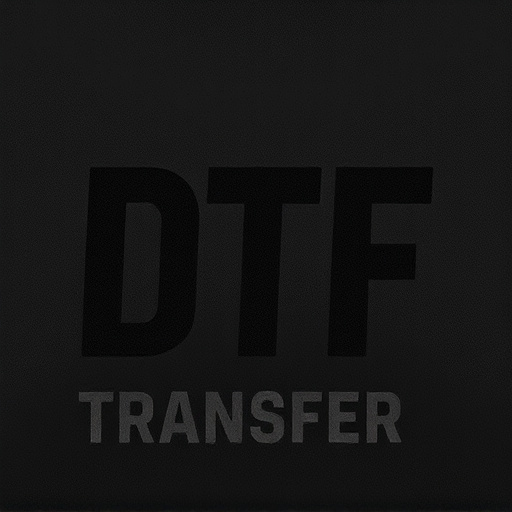
Direct-to-film (DTF) transfer technology offers a range of benefits for various industries, revolutionizing the way businesses approach printing and customization. This innovative process allows for high-quality prints on a diverse array of materials, from fabrics to metal, without the need for complex set-up or specialized equipment. DTF Printing provides exceptional accuracy and detail, ensuring that designs are reproduced flawlessly, making it ideal for personalized items, promotional merchandise, and small-batch production.
The versatility of DTF Transfer is one of its standout advantages. It enables businesses to create custom products quickly and efficiently, catering to the growing demand for unique, on-demand items. Whether it’s personalizing apparel with names or logos, producing limited-edition art prints, or manufacturing customized hardware, DTF Printing offers a cost-effective solution without compromising on quality or speed. This technology is particularly beneficial for small businesses and entrepreneurs looking to establish themselves, as it provides an accessible entry point into the world of custom printing.
Exploring DTF Transfer Services: What to Expect

When exploring Direct-to-Film (DTF) transfer services, understanding what to expect is key. These services offer a modern, efficient way to print on various materials, from clothing to promotional items, without the need for expensive set-up costs or large minimum orders. DTF Printing leverages advanced technology to produce high-quality DTF prints, allowing businesses and creatives alike to bring their designs to life swiftly.
The process typically involves sending your digital artwork to a specialized DTF transfer service provider. They then use software to prepare the design, ensuring it’s optimized for the specific material you intend to print on. Once ready, a precision printing machine applies the image directly onto the surface using a thin film, creating a durable, vibrant DTF Transfer. This method is particularly appealing for small batches or one-off projects, as it offers flexibility and cost-effectiveness without sacrificing quality.
Quality Assurance in DTF Prints: Key Considerations
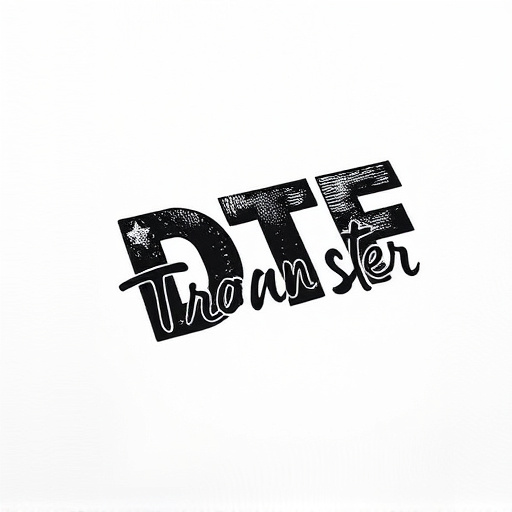
When it comes to DTF (Direct-to-Film) Transfer products and services, quality assurance is paramount. The process of DTF Printing involves transferring designs from digital files directly onto film, which then serves as a master for further production runs. Ensuring high-quality DTF Prints requires careful consideration of several factors.
First and foremost, the resolution and color accuracy of the digital file should be optimal to prevent pixelation or color shifts in the final print. Additionally, the choice of appropriate film stock is crucial; different films have varying properties that can affect the vibrancy and durability of the DTF Transfer. Regular testing and calibration of equipment are also essential to maintain consistency across batches, guaranteeing that each DTF product meets the desired standards.
The Future of DTF Transfer: Innovations and Trends
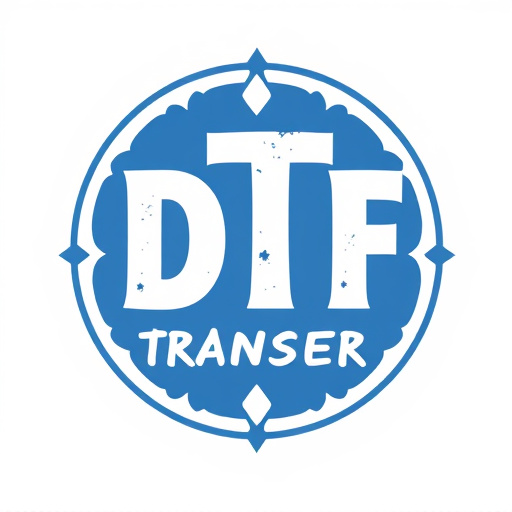
The future of DTF transfer looks bright with continuous innovations pushing the boundaries of what’s possible. As technology evolves, we can expect DTF printing to become even more precise and efficient, enabling the creation of intricate designs with remarkable detail and vibrancy. The incorporation of advanced materials and inks promises to enhance color accuracy and durability, making DTF prints a preferred choice for various industries.
Trends suggest a growing demand for personalized and on-demand DTF transfer services, catering to individuals and businesses seeking unique, high-quality products. There’s also a shift towards sustainable practices, with eco-friendly inks and materials gaining traction. The rise of e-commerce further fuels the growth of DTF, as online platforms streamline the process, making it accessible to a global audience. These trends indicate that DTF transfer is not just a current trend but an emerging technology set to shape the future of product customization and printing.




